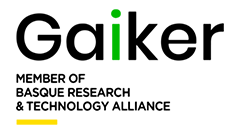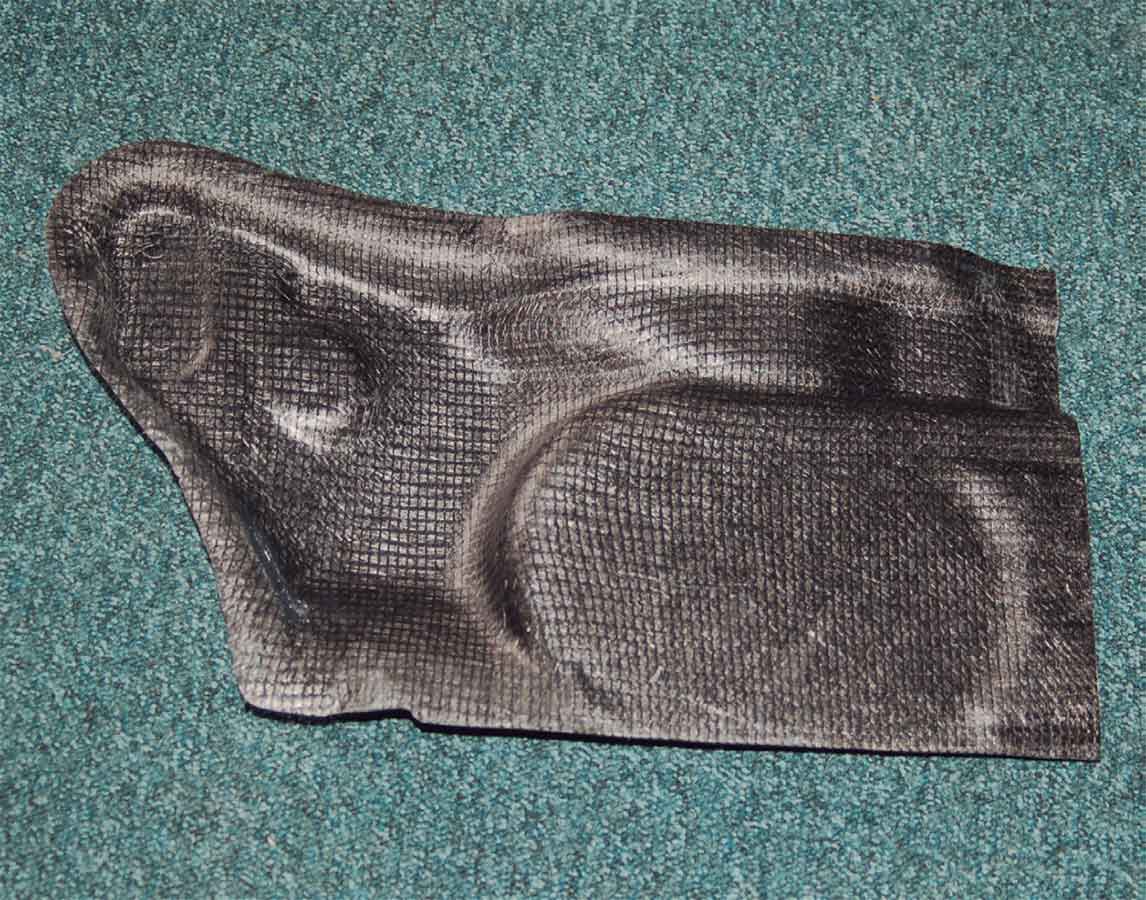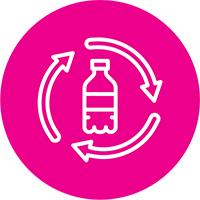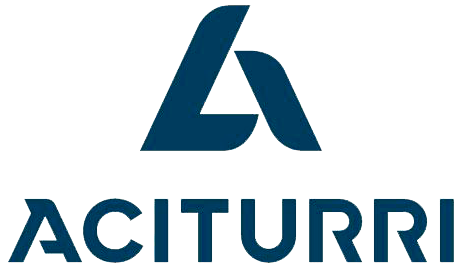C-RECYCLING
USING CARBON FIBRE WASTE FROM THE AERONAUTICAL SECTOR IN AUTOMOTION
PREPREG OFFCUTS AND CARBON FIBRE COMPOSITES (CFC) mainly end up in landfills at the end of their life cycle, both in the Basque Country and in Spain. However, there are recycling processes developed at commercial level based on different processes such as: catalytic wet conversion in batch processes; recycling by continuous pyrolysis; continuous pyrolysis of CFC; or mechanical recycling based on size reduction processes.
GAIKER Technology Centre leads C-RECYCLING, with the participation of the aeronautical industry ACITURRI and the automotive components manufacturing cooperative, MAIER.

DRIVING FACTOR


 OBJECTIVES
OBJECTIVES
- Promote the development of an industry which adds value to CFC recycling in the Basque Country.
- Recover carbon fi bre (CF) contained in the waste.
- Develop new end products in the automotive sector: lightweight components with high mechanical properties obtained by compression moulding or over-injection moulding processes, or parts with new aesthetics with a carbon finish through overinjection moulding.
 RESULTS
RESULTS
- State-of-the-art study, including an analysis of CFC waste types and related recycling technologies, and Technology Watch reports.
- A CFC repair guide was drawn up.
- Preliminary design of a CF waste treatment plant in the Basque Country, with a complete technical-economic feasibility study of the plant and development of a demonstration case for CF and prepreg recycling by manufacturing 2 types of automotive demonstration prototypes.
- Verification and validation of rCF (recycled carbon fibre) manufacturing by pyrolysis of CF waste.
- Final demonstrators for automotive structural parts using rCF, and final demonstrators for technically demanding surface finishes.
- Proposal of treatment alternatives depending on the type of waste (uncured production rejects, cured production rejects and cured end-of-life CF waste and mixed with other materials).
 CONCLUSIONS
CONCLUSIONS
- A major source of information and cross-reference of the documentation prepared was by liaising with leading companies in the CF value chain. This has also been useful for dissemination and outreach of the results to users or potential users of rCF, as well as facilitating advice to be given according to possible target product.
- Pyrolysis releases CFs of a quality suitable for inclusion in new products, but in order to be able to use the rCFs obtained, their dimensions and the way in which they are reincorporated into new materials or applications are important. The rCFs obtained are short fibres that have required further development to achieve continuous fibre formats (yarn or non-woven blankets) at a competitive market price. Applications have focused on structural and decorative parts in the automotive sector, but are also valid for sectors such as mini-wind turbine blade manufacturing.
ENVIRONMENTAL
TECHNICAL
ECONOMIC
COMMERCIAL
ON THE MARKET



